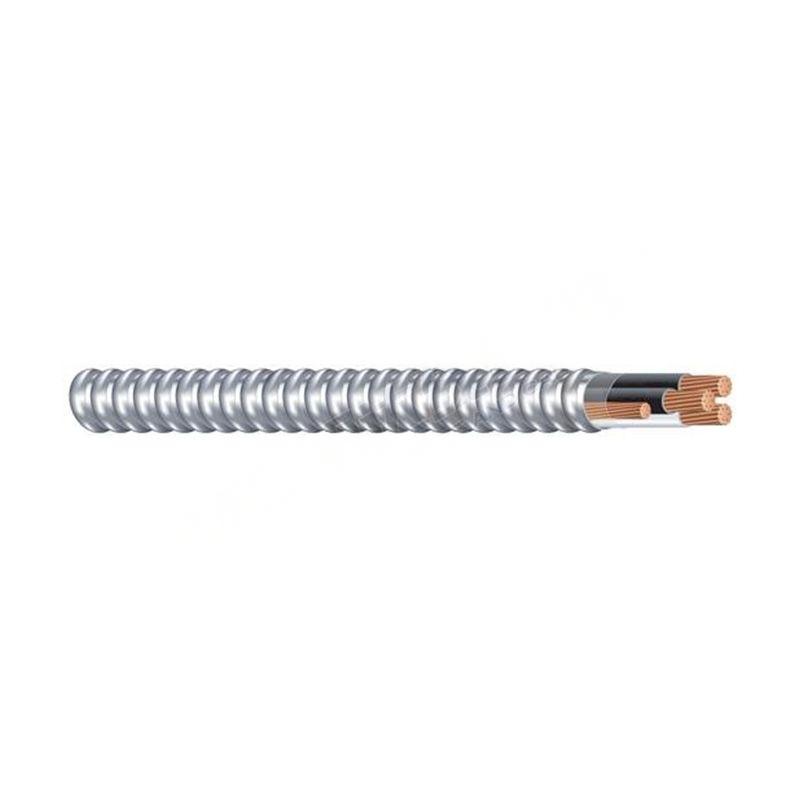ഡിസം . 07, 2024 12:03 Back to list
industrial gate valve
Understanding Industrial Gate Valves A Comprehensive Overview
Industrial gate valves are critical components in many industrial applications, serving as a reliable means of controlling fluid flow. These valves are designed to operate in various environments, making them a popular choice in sectors such as oil and gas, water treatment, power generation, and chemical manufacturing. In this article, we will explore the functionality, design, advantages, applications, and challenges associated with industrial gate valves.
Functionality of Gate Valves
Gate valves are primarily used to allow or prevent the flow of fluids in a piping system. The unique design of a gate valve features a wedge-shaped gate that fits snugly between two seats. When the valve is fully opened, the gate is lifted entirely out of the flow path, allowing for minimal resistance and maximum flow capacity. Conversely, when the valve is closed, the gate moves down to block the flow completely. This on-off functionality makes gate valves particularly effective for applications where a straight-line flow of fluid and minimal pressure drop is desired.
Design and Types
Gate valves can be classified into various types based on their design and operation. The most common types include
1. Parallel Gate Valve This design features two parallel seating surfaces, meaning the gate does not change its angle when closing. It is effective for low-pressure applications.
2. Wedge Gate Valve The most widely used type, the wedge gate valve's gate has a tapered shape that allows it to provide a tight seal when closed.
3. Rising Stem Gate Valve This design features a stem that rises as the valve opens, allowing for easy visual confirmation of whether the valve is in the open or closed position.
4. Non-Rising Stem Gate Valve This type keeps the stem stationary while the valve opens and closes, making it suitable for applications with space constraints.
Each type has its own advantages and is suited for specific applications, highlighting the necessity of understanding the operational requirements when selecting a gate valve
.industrial gate valve

Advantages of Gate Valves
One of the primary advantages of gate valves is their ability to provide a straight-through flow path, leading to minimal turbulence and pressure drop. This is particularly beneficial in large pipelines and systems where efficiency is crucial. Other advantages include
- Durability Made from robust materials such as stainless steel, cast iron, and brass, gate valves are engineered to endure high-pressure and high-temperature environments.
- Low Maintenance With simple construction, these valves require less maintenance compared to more complex valve types, reducing downtime and operational costs.
- Versatile Applications Gate valves can handle a variety of fluids, including water, oil, and gas, making them a versatile choice in numerous industries.
Applications
Industrial gate valves are employed across numerous sectors. In the oil and gas industry, they are critical in wellhead control applications, allowing for safe and effective management of fluid flow. In water distribution systems, gate valves are used to isolate sections of the pipeline for maintenance without disrupting the overall supply. Additionally, in power plants, they control the flow of steam and other fluids essential for generating electricity.
Challenges
Despite their numerous advantages, gate valves also face challenges. For instance, they are not suitable for throttling applications, as partially open gates can lead to vibration and potential damage. Over time, erosion and wear can also affect the sealing surfaces, necessitating regular inspection and maintenance to ensure continued reliability. Moreover, extreme environmental conditions or fluid characteristics can lead to premature failures or leaks, making careful selection and installation critical.
Conclusion
In conclusion, industrial gate valves play an essential role in the effective management of fluid flow in various industries. Their straightforward design, coupled with their durability and versatility, makes them a preferred choice for many applications. However, it is imperative for engineers and operators to consider the specific needs of their systems, as well as the limitations of gate valves, to ensure optimal performance and longevity. By understanding these factors, industries can continue to rely on gate valves to enhance their operational efficiency and safety.
Share
-
Advanced Technology in Wire and Cable FactoryNewsAug.19,2025
-
Applications of Ball Check Valve in Water Treatment PlantsNewsAug.19,2025
-
How Osy Gate Valve Ensures Leak - Tight SealingNewsAug.19,2025
-
Selection Criteria for Wafer Type Butterfly ValveNewsAug.19,2025
-
Threaded Ball Valve Pressure RatingsNewsAug.19,2025
-
Y Strainer PN16 Cost - Effectiveness AnalysisNewsAug.19,2025


